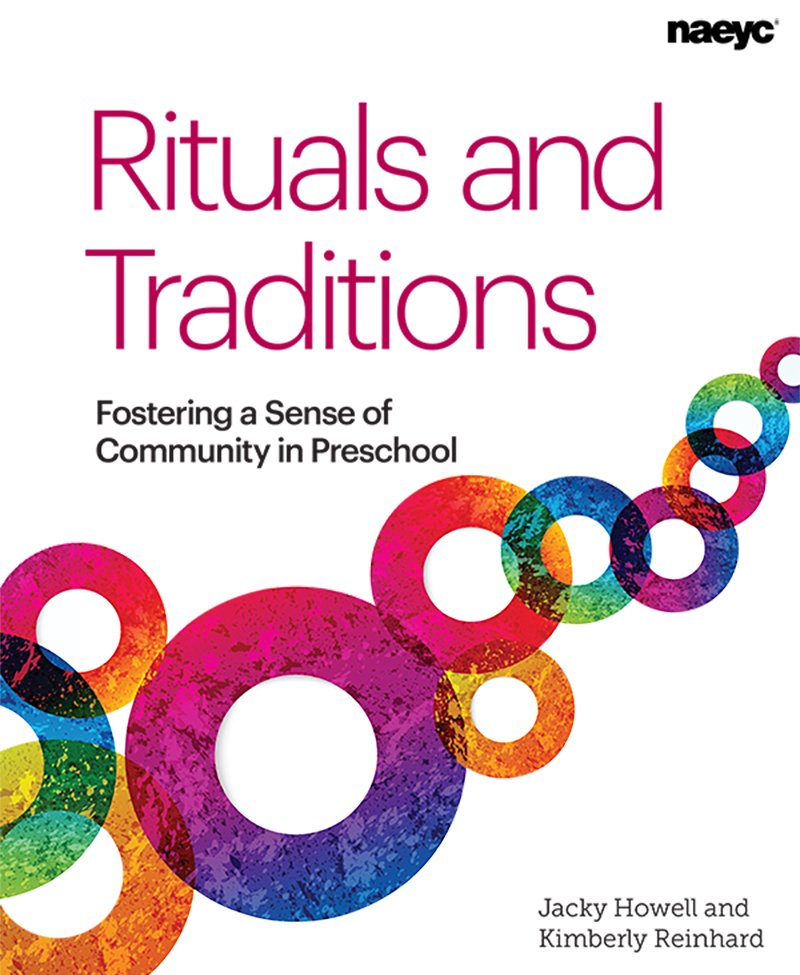The Ordinary Magic of Cultural Affirmation
The fourth protective factor for resilience that the Center on the Developing Child identifies may seem to be outside of the realm of the early childhood classroom. It’s described as an individual feeling as though they are part of something bigger than themselves, and spiritual and cultural traditions are cited as the most common ways that this factor is provided for children.
However, as Jacky Howell and Kimberly Reinhard demonstrate in their book Rituals and Traditions: Fostering a Sense of Community in Preschool (2015), the early childhood classroom can be a source of this affirmation as well.
Central to best practices in early education is the idea that each child’s home culture be honored in our classrooms. This is certainly one way that early educators can foster this feeling of cultural inclusion. But each classroom, school and center has its own culture, too. And these can be intentionally created to offer children the knowledge that they are an important part of something affirming and wonderful at school, too.
Whether it is through singing a special song to mark the end of play time, or bringing out certain magical materials to play with only at the very end of the day, or celebrating “Taco Tuesday,” early educators can use routines, rituals and traditions to provide a consistent cultural context that makes all children know that they are part of a vibrant and positive community of learners.
Many of the suggestions found in the Fairytale Magic section of this website tie into this idea and place it within the broader cultural context of fairytales, a shared literature both within our culture and between cultures around the world. Helping children to make connections within the universal web of Story can, as we’ll see, promote this sense of belonging while it fosters other aspects of resilience, as well.



